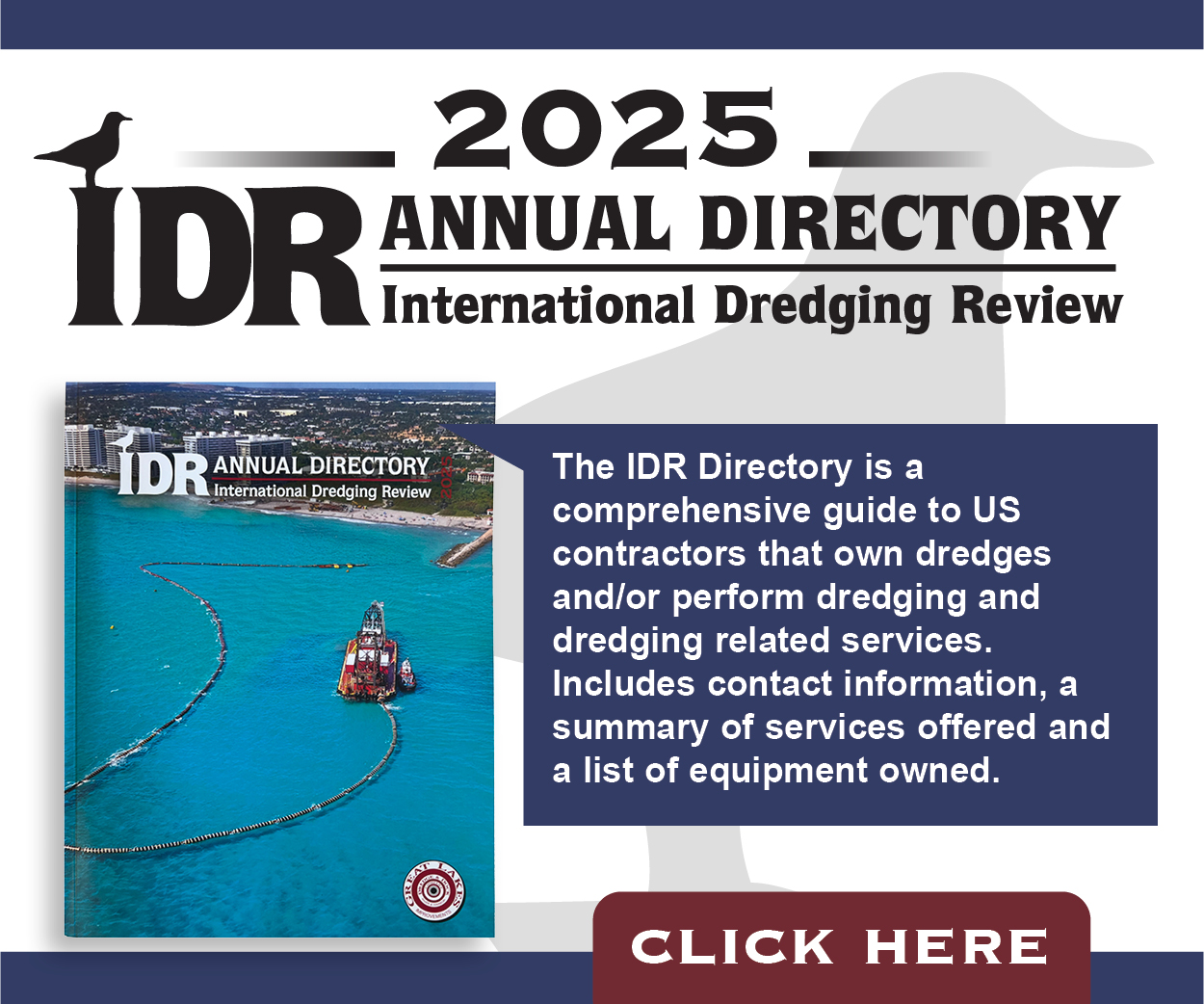$31 Billion Texas Coastal Barrier Proposed
On October 26, the Galveston Engineer District released a long-discussed tentatively selected plan for protecting Texas’ vulnerable coastline against storm surge by building a series of offshore barriers, the total cost of which could reach $31 billion. The plan was originally slated for release in May.
Formally titled “Coastal Texas Protection and Restoration Feasibility Study,” the project has been under development since 2015.
“Texas is not a state that happens to have a coast, Texas is a true coastal state,” said Texas Land Commissioner George P. Bush. “One storm can cost many lives and billions of dollars in damage, so the expense of doing nothing far outweighs the investment to protect and enhance our coast. Texas’ coast is home to one in every four Texans and 30 percent of the American oil refining sector resides here. The Coastal Texas Study is about protecting our people, our economy and our national security. The options selected are proven to be effective in mitigating the deadly effects of storm surge on our state.”
Galveston District Commander Col. Lars Zetterstrom said, “The Coastal Texas Protection and Restoration Feasibility Study builds on the work of scientists, engineers and other experts from Rice University’s Severe Storm Prediction and Evacuation from Disasters Center, Texas A&M University Galveston, and Gulf Coast Community Protection and Recovery District. This is the only study to fully identify the environmental impacts and required mitigation of the proposed plan. The study also includes results and lessons learned from methods used to mitigate the dangerous impacts of floods and storm surges worldwide.”
Discussed Since Ike
A coastal barrier concept had been discussed under the nickname of the “coastal spine” or “Ike Dike” ever since Hurricane Ike struck Texas in September 2008.
Ike was blamed for causing 113 direct and indirect deaths across the U.S., including 85 in Texas. It temporarily shut down most of the state’s refining capacity, which caused a spike in gasoline prices across the U.S. About 16,000 people in the Houston Galveston area were evacuated or sought shelter.
The country’s five largest oil refineries are on the Texas and Louisiana Gulf Coast, and the two largest refineries are in the Houston area. Corpus Christi is also a major refining center.
Ike caused less damage to the petrochemical industry than was feared; most delays were due to power outages rather than direct damage. And much of its direct damage was due to flooding from intense rains rather than a storm surge heading inland.
But since Ike, the petrochemical industry has announced further tens of billions of dollars in investments in Texas and the Gulf in response to the fracking boom in the Permian Basin. The added investments make it more vulnerable to future storms.
The original “Ike Dike” concept, proposed shortly after Ike, consisted of a 17-foot wall extending about 60 miles from High Island to San Luis pass. It would be designed to protect the Houston-Galveston area from a catastrophic storm surge. The specific location of the wall was left undetermined.
In 2012, a delegation of Texas officials visited the Scheldt Storm Surge Barrier in the Netherlands and shared their experience with other community leaders on their return, building support for the barrier concept.
In November 2015, the Corps of Engineers began its study of the feasibility of a coastal barrier, in partnership with the Texas General Land Office.
After Hurricane Harvey caused around $125 billion worth of damage in 2017, mostly in the Houston area, the estimated $31 billion cost of a coastal barrier (having grown from an initial estimate of $15 billon) began to seem not so far-fetched. According to Houston Audubon, the Ike Dike idea developed “from being an expensive, farfetched and impractical concept in 2009 and 2010 to a must-have project supported by state and local elected officials today.”
In April 2017, Bush and 60 other state leaders and officials sent a letter to President Trump requesting that a coastal barrier concept be included in his infrastructure plan. Later that year, Texas Gov. Greg Abbott shared with leaders on Congress a $61 billion resilience and recovery plan that included plans for a coastal spine.
The study area for the Coastal Texas Study includes “the entire Texas Gulf Coast from the mouth of the Sabine River to the mouth of the Rio Grande, and includes the Gulf and tidal waters, barrier islands, estuaries, coastal wetlands, rivers and streams, and adjacent areas that make up the interrelated ecosystems along the coast of Texas.”
The report notes that the state of Texas is a “possible construction sponsor” and says the Texas General Land Office is scouting prospective funders and donors.
The largest feature of the Coastal Barrier Alternative is at Bolivar Roads between Bolivar Peninsula and Galveston Island, which includes surge barrier gates that are made up of navigable floating sector gates and environmental lift gates, and a combi-wall made up of vertically driven piles with a battered support pile and a reinforced concrete cap. Besides flood walls and pump stations, the plan envisions a build-up of beaches and dunes along protective barrier islands.
The plan also promises to provide significant ecosystem restoration benefits of marshes and coastal wetlands.
The study notes, “Existing port facilities and infrastructure along the backside of Galveston make construction of a floodwall in that area difficult and account for the range in estimated costs for floodwall construction. What makes this project unique is the magnitude of the job and the need to transport borrow material for levee construction onto Bolivar Peninsula and Galveston Island.”



